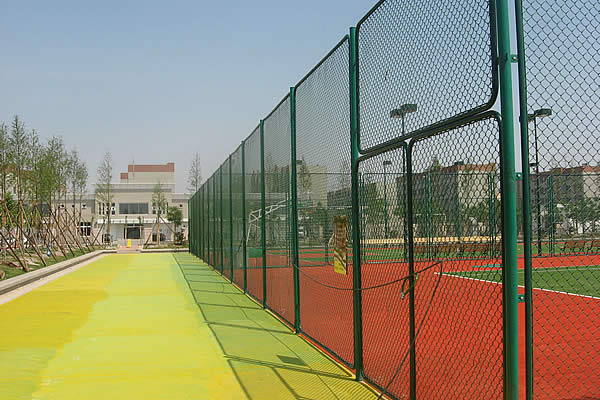 TEL:
+86-13102802206
TEL:
+86-13102802206
 Email:
fencenetting@china.com
Email:
fencenetting@china.com
 Language
Language
 TEL:
+86-13102802206
TEL:
+86-13102802206
 Email:
fencenetting@china.com
Email:
fencenetting@china.com
 Language
Language


The Importance of Temporary Fencing Barriers in Various Applications
In an era where safety and security are paramount, temporary fencing barriers have emerged as essential tools in a variety of settings. From construction sites to public events, these barriers serve multiple purposes, ensuring the protection of individuals and property alike. This article explores the significance of temporary fencing barriers, their applications, and the benefits they provide.
Temporary fencing barriers are designed to be easily assembled and disassembled, making them an ideal solution for locations where permanent fencing is impractical. Construction sites often utilize these barriers to restrict access and safeguard both workers and the public from potential hazards. By creating a secure perimeter, these barriers minimize the risk of accidents and ensure that only authorized personnel can enter the site.
Moreover, temporary fencing barriers play a crucial role in crowd control at public events, such as concerts, festivals, sporting events, and fairs. They help delineate different areas, such as VIP sections, ticketing booths, and restroom facilities, guiding attendees safely through the venue. Effective crowd management not only enhances the overall experience for participants but also empowers event organizers to maintain order and reduce the likelihood of safety incidents.
In addition to construction and event management, temporary fencing barriers are also useful in emergency situations. For example, after natural disasters like floods or hurricanes, these barriers can be deployed quickly to secure affected areas and prevent looting or unauthorized access. They can also be utilized in crime scenes, offering protection to evidence and ensuring that investigations proceed without interference.

Another significant aspect of temporary fencing barriers is their versatility. They come in various materials, including chain link, plastic, and wood, allowing for customization based on specific needs. For instance, a construction site might prefer sturdy chain-link fences, while a temporary event might opt for visually appealing plastic barriers that can be branded with logos or signage. This adaptability makes temporary fencing a practical solution in many different contexts.
Cost-effectiveness is also a key factor driving the use of temporary fencing barriers. Businesses and organizations can rent these barriers for short-term projects or events, which is often more financially feasible than investing in permanent fencing solutions. This flexibility enables budget-conscious planning while ensuring that safety standards are met.
Furthermore, temporary fencing barriers can contribute to environmental protection. By enclosing work zones or sensitive areas, they help preserve wildlife habitats and prevent the disturbance of natural resources. This eco-friendly aspect adds to the appeal of using temporary fencing in various projects.
In conclusion, temporary fencing barriers are invaluable tools that enhance safety, security, and organization in diverse settings. Their quick deployability, adaptability, cost-effectiveness, and environmental benefits make them a go-to choice for construction sites, public events, emergency situations, and more. As society continues to prioritize safety, the demand for temporary fencing barriers will likely remain strong, evolving alongside the needs of various industries.